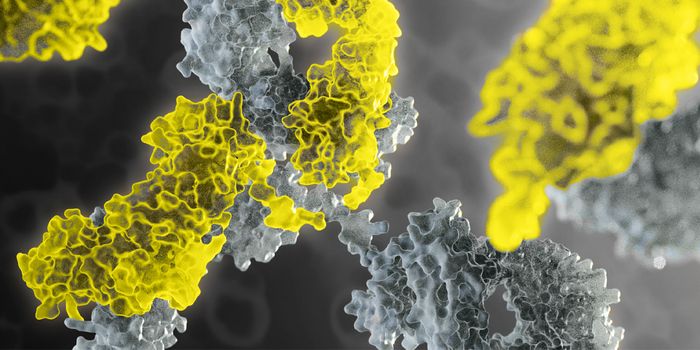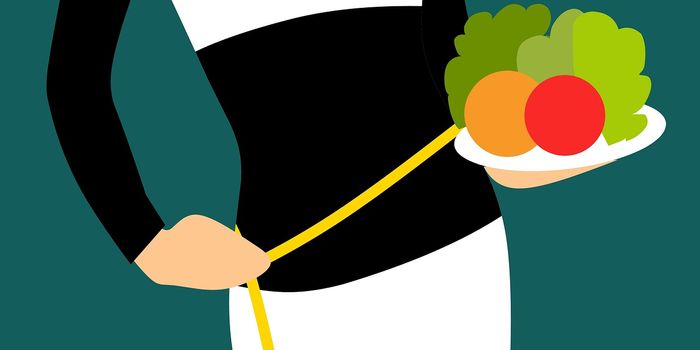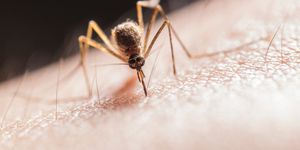From Fleas to Natural Selection: The Black Plague & Modern Immunology
Acknowledgments of our many physiological changes since the evolution of modern humans have been studied profusely, especially as methods and technology advance. A new study published in Science posits an evolutionary change in the human immune system since the infamous 14th-century Black Plague.
A graduate student named Jennifer Klunk, who was helping to organize boxes of bones housed within the Museum of London, began to wonder why some people survived the plague while others did not, and decided to look for genetic answers.
So, what did they find? Why did certain people survive the plague and others did not? Today’s DNA extraction methods have enabled us to begin to answer the question.
The bones in question were from London and Denmark and date to both before and after the 14th-century plague outbreak. Why some survived over others came down to the possession of a genetic variant that boosted immune responses to the flea-borne bacterium, Yersinia pestis. The idea of genetic adaption in humans is not new, but the time frame in which it can happen has remained open for debate.
The researchers tackled this question by starting back in time further than the 14th-century plague outbreak in Europe. The first recorded plague caused by Yersinia pestis was the Plague of Justinian, circa 541 to 544 CE.
Neither the outbreak in Egypt in 541 CE nor the second half of that century show signs of population decline, land abandonment, or tax revenue reductions that are associated with the later 14th-century outbreak in Europe. As it is the most known plague outbreak, the Black Death of the 14th century was the most devastating pandemic, causing the most dramatic drop in socioeconomic standing and physical health and well-being across the Middle East, Europe, and Africa
The first step in understanding the responses to the bacterium was identifying the locus of origin. The DNA of 206 individuals was extracted from populations in England and Denmark that date to before, during, and after the 14th-century plague outbreak. The populations were selected due to them being the strongest candidates for positive selection. Some individuals from London were buried in the known East Smithfield plague cemetery.
The 3 London cemeteries were sampled and dated by radiocarbon, stratigraphy, and historical records available. After location selection, they then divided the samples into subgroups of those who lived before and after the plague. For the London selection, the dates ranged from 1000-1250 AD to 1350-1539 AD. From Denmark, five geographically variable locations across the country were chosen. In Denmark, groups were selected similarly divided into ranges between 850-1350 AD and 1350-1800 AD.
Previously, without the ability to accurately date human remains -and well-preserved enough samples- it has been exceedingly difficult for evolutionary biologists to distinguish the possibility of natural selection during the Black Plague. However, this study was able to identify changes in the coding for one gene (ERAP2) within the medieval samples that shed light on widespread changes in human immune response and gene selection. Two alleles (variants) of ERAP2 were identified within the various medieval populations, with the only difference between them being the production of a full or truncated protein that plays an important role in the human immune response. So it came down to this, “people who inherited two copies of the allele for the full protein were twice as likely to have survived the plague as those who inherited the variant making the truncated version.”
In this case, a small, but visible, example of natural selection can be seen in the span of just a few centuries -an amazing feat.
Sources: Science, Springer Nature, Nature, NIH, PNAS, Scitable








